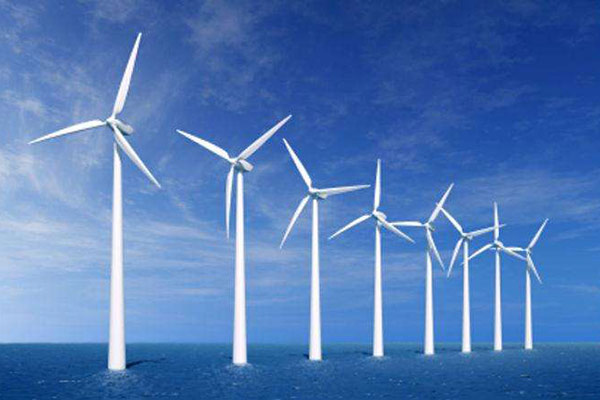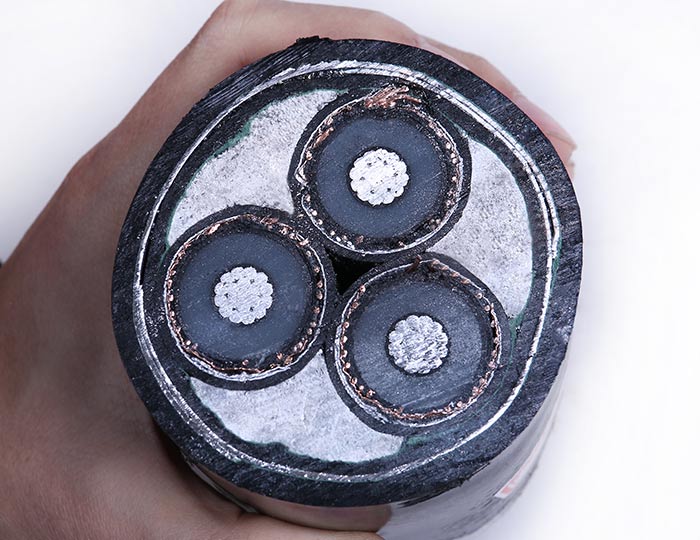Wind farms are usually built in a similar way, regardless of their location in the world. Wind farms include both onshore and offshore systems - onshore wind turbines and offshore transformers and transport cables. In turn, the turbine consists of a generator and gearbox located in the nacelle, unless it is a gearless wind turbine.

Wind Farm Wiring
Since wind turbine systems consist of both onshore and offshore installations, two types of cables are required - low voltage or medium and high voltage, respectively. They carry data, control signals, and communication signals throughout the system to carry power for further distribution.
Due to the specific nature of the environment in which wind farm cabling is installed, the cables used need to have excellent characteristics in order to perform well. This is why onshore and offshore wind farm cables are constructed to be both flexible and mechanically strong.
In addition, wind turbine system cabling can withstand extreme temperatures and is resistant to oil, abrasion, ozone, and UV light. These are also usually low-smoke and halogen-free.
Onshore wind farms
Onshore wind sites mean that the turbines are located outside. Typically, onshore wind turbines are installed in rows and connected using inter-array cabling. Electricity is transmitted from the turbines to the grid (or substation) through this wiring.
Inter-array cabling, also known as inter-turbine cabling, is designed to meet external environmental conditions, including ground installation and turbine technology. In particular, the cables are installed between adjacent turbines at the same distance from each other.
Ultimately, the wires create a collection circuit, also known as a string, that supplies power to the substation. Each cable is rated at 30-36 kV, while each wire is rated at 30 MW or less to handle system performance.

ZMS Cable offers a variety of medium voltage power cables for onshore wind farm systems, as follows.
25KV/35KV medium voltage power cables
H07BN4-F Bare copper +90o C twist-resistant multi-core cable
Offshore wind farms
Offshore wind farms operate without barriers and operate faster. Onshore grids or substations are connected to offshore transformers via submarine cables. They can be connected via DC or AC wiring.
Sometimes the distances covered by the wiring can be very long. This is when high-voltage direct current (HVDC) substations are installed to transmit power to shore. To ensure the safe operation of the wiring, it is usually buried at about 3 meters on the seafloor.
Offshore wind installations are wired for voltages rated between 100 and 220 kV. Buried offshore cables are organized in outlet circuits that are rated at 150 to 200 megawatts.
Purchasing cables for wind farms
With the variety of options available, it's easy to feel overwhelmed. If you need help finding the right cable for your installation site, please contact our support team for more detailed information on the options you are considering and to determine which one is best for you.